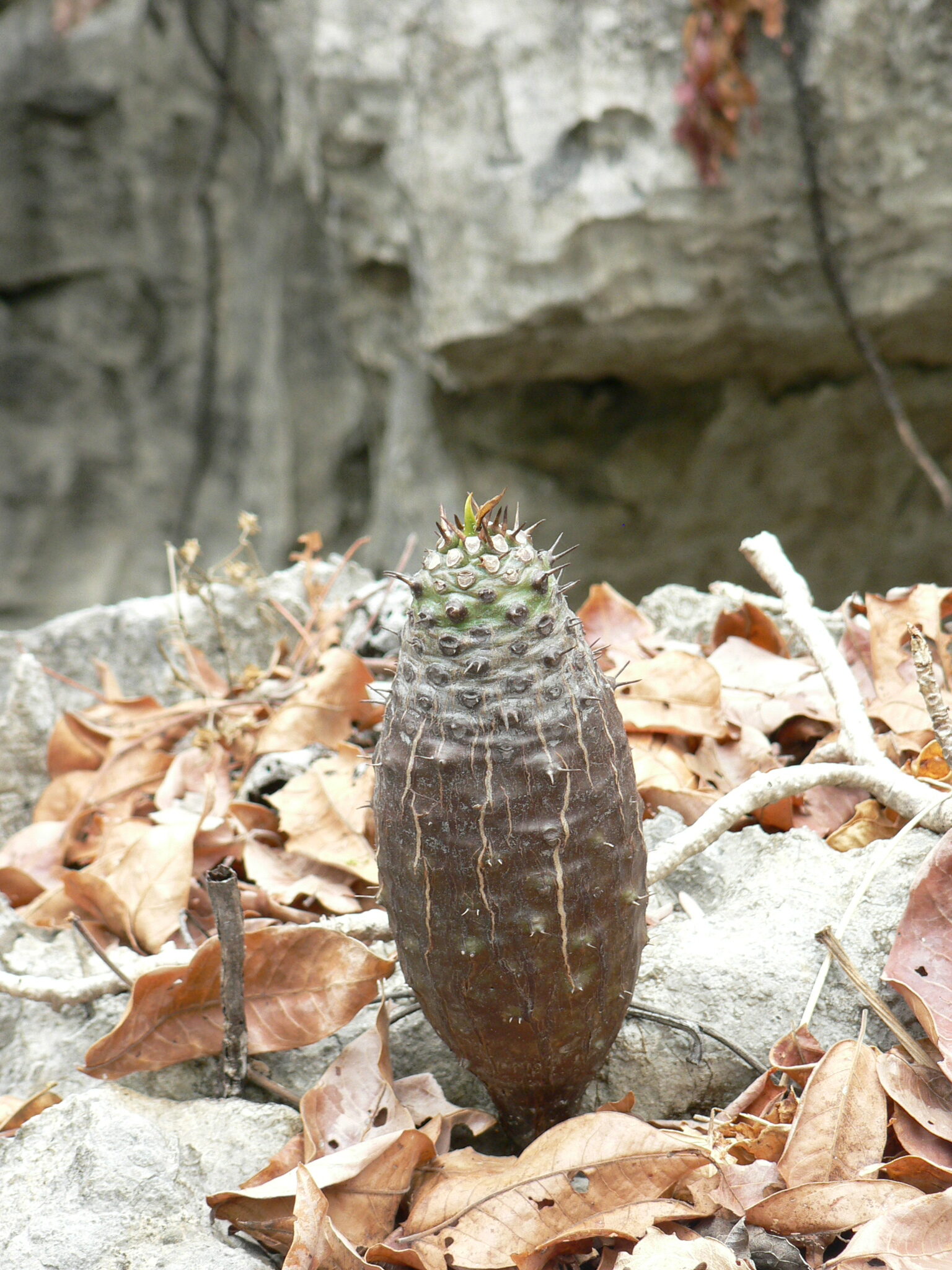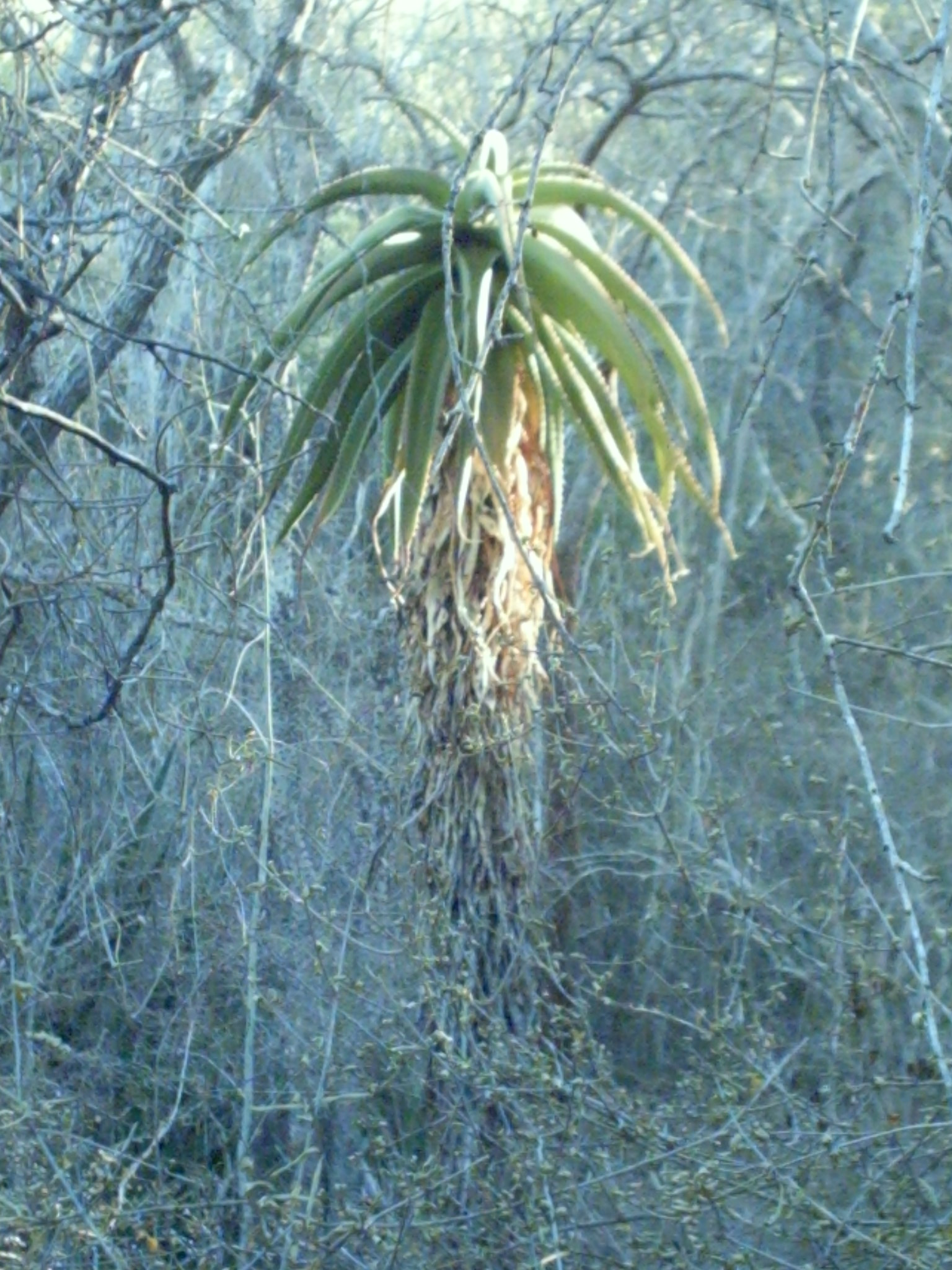MADAGASCAR SUCCULENTS
Plants that can survive in the dry land
Cyphostemma
One of the plant species which you will see when walking around the spiny forest in the south of Madagascar and in some of the dry forest in the west of the island is the Cyphostemma. They are part of the succulent plants with bulbous tuber, empty inside, and that helps the plant store up water which they need to survive during the dry season.
As they belong to the grapevine family, Vitaceae, their conical stems support many small branches which grow by climbing up like vines.
Aloe
The Aloes are one of the plant species which grows in the spiny forest in the south of Madagascar. In the towns and in the cities, they are used for gardening and landscaping. But, when you explore the spiny forest, you will see many species of them growing in a wild such as the Aloe divaricata and the Aloe vaombe, endemic to Madagascar.
Their leaves are prickly with thorns which are reddish yellow and brownish in color.
Some of the aloes are so well-known for their medicinal
Kalanchoe
Kalanchoe is a succulent plant which belongs to the Crassulaceae family. They have thick and scalloped leaves. They grow naturally in Madagascar especially in a dry arid area.
One of the most common species of Kalanchoe in Madagascar is the Kalanchoe beharensis, known as the velvet leaf plant with triangular leaves. They grow mainly in the south and southwest of Madagascar. They bloom from April to August with greenish yellow flowers.
When doing an expedition in different types of forests and habitats in Madagascar, you learn a lot about the various growing forms of Kalanchoes and their features.
Alluaudia
It is a group of plants which is described as octopus trees. Their thorn patterns and tiny green leaves make them different from any other plants that grow in the south of Madagascar.
The Alluaudia plants belong to the Didieracea family, and they are so famous because of the lemurs which are well-adapted to arboreal life within those spiky trees.
Pachypodium
Pachypodium is a spiny succulent plant which belongs to the Apocynaceae family. Most of them are native to Madagascar, and they grow mostly in the south, west and north of the island.
They have interesting features as exhibited in their deciduous leaves, swollen trunks and tuber roots. Their flowers are pink, yellow and white depending on the species. They come into different shapes with spikes.
Since the Pachypodiums are good at storing up water, they are so well-adapted to dryer conditions and support high temperature.
Operculicarya
Operculicarya is a genus of flowering plants which belongs to the Anacardiaceae family (Cashew family) and it is also a succulent plant. Their rugged and thick stems, sometimes wrinkly, make them different from any other plant species which grow in a xerophytic thickets and forest. They are mainly found in the south and in the west of Madagascar where the soil condition is so poor with high temperature. They have flowers during the rainy season.
Because of their shape which looks like a natural bonsai, they are victims of seed collecting.
Adenia
Adenia is a succulent plant which belongs to passionflower family, Passifloraceae. Their conical stems bulging at the base make them different from any other plant species mainly found in west, north and the south of Madagascar. They also grow in different forms depending on the conditions where they are. Some of them store up water in their underground tubers and, as for the others, they use their stems for water storage. Despite the harsh conditions and climate on which they grow, the lectin, a toxin that they produce protects them from predators.















